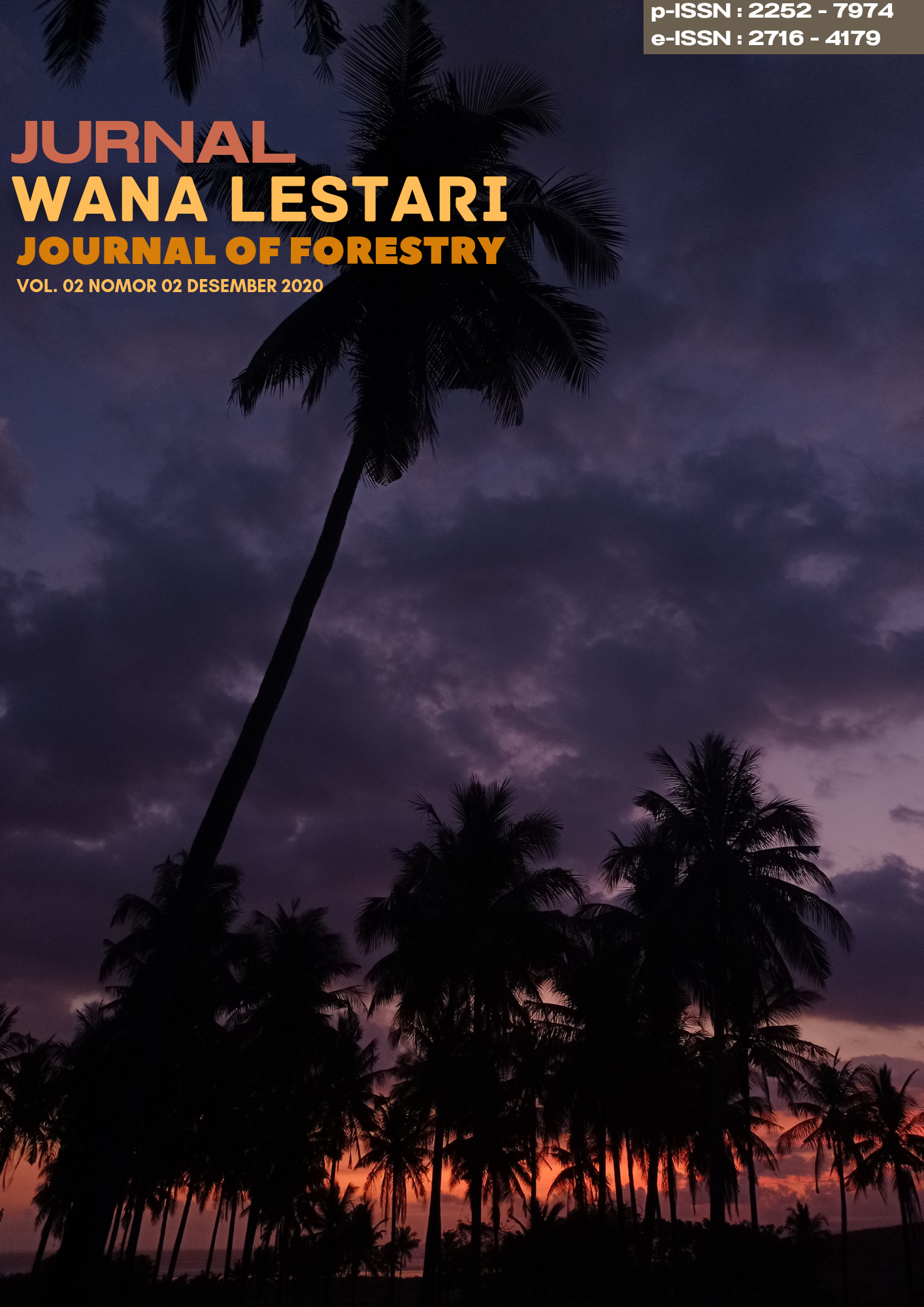EVALUASI PENGELOLAAN HUTAN LINDUNG MUTIS TIMAU DENGAN POLA AGROFORESTRY
Abstract
Administratively, the Timau Mutis nature reserve extends to the reigns of Mollo Utara and the reigns of Timor Tengah Selatan. Natural conditions that are fertile and nutrient-rich encourage people to apply agroforestry patterns in their management. So far, however, it is not known which agroforestry management pattern is used by communities around the forest. This study aims to determine the management of the protected forest of Mutis Timau according to the agroforestry model in the village of Fatukoto. The research method used is descriptive and sampled according to the Slovenian formula.The main components of the forest protected by Timau Mutis in the village of Fatukoto are dominated by Cemara and Ampupu. There are other forestry products, namely mahogany, melina, mango and turi. The dominant agricultural raw materials are cassava, sweet potato, and carrots and oranges, which are classified as plantation raw materials. The implementation of the protection forest management based on eight indicators shows that 79.90% of the population has a good understanding and management techniques for the management of the protected forest of Mutis Timau according to the agroforestry model. The high level of implementation is also reflected in the reduction in open spaces, which is reflected in the differences in the maps of the Mutis Timau protected area in 1983 and 2019. The management of the protected forest of Mutis Timau with alternating agroforestry patterns (alternative lines) falls into the good category. The people in the village of Fatukoto, who live around the protected forest of Mutis Timau, have also directly or indirectly felt the advantages of forest management with the applied agroforestry pattern.

 Yollis C.S Sakan(1)
Yollis C.S Sakan(1)







